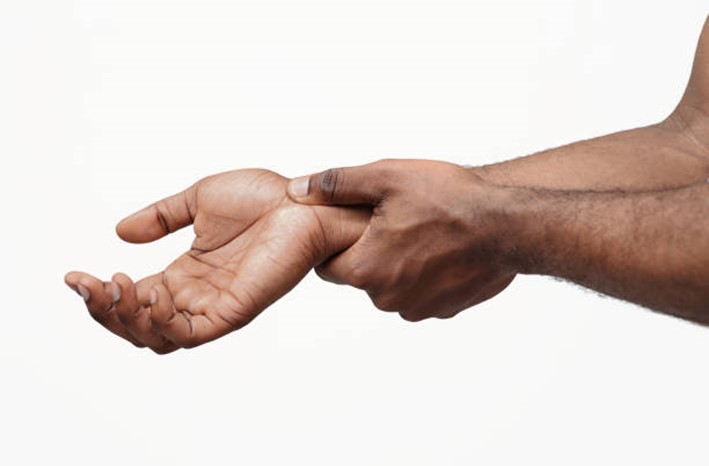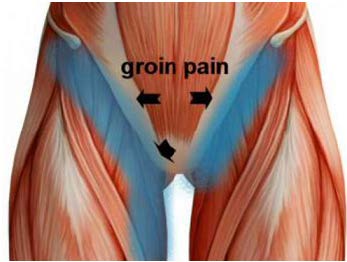
WRIST PAIN
- 2024-07-26 01:09:13

Groin pain often presents as an uncomfortable and persistent sensation on the lower abdomen or inner thigh area. Let’s be candid it can be pretty irritating and worrying especially because any pain around the groin immediately makes you think that there may be a problem with one of your reproductive organs. However, in most cases this pain results from muscle strain or adaptive muscle shortening.
Adaptive shortening is muscle tightness caused by a muscle being forced to remain in a shortened position for a long period of time such as sitting at a desk and driving. The groin muscle strains are encountered more frequently with sporting activities such as running, football, rugby and hockey.
The groin muscles consist of three large muscle groups that can be injured:
In this blog post we will discuss the causes, physiotherapy treatment and prevention measures of groin pain.
Causes
Under the causes of groin pain, we’ll discuss two major muscle groups that are responsible for this pain.
These muscles are responsible for bringing the knee closer to the chest. Think of the position of your hip when you sit, the movement of your hip when going up stairs; that is hip flexion.
These muscles run from the low back through the groin to the hip. Tension on these muscles can result in groin pain.

What leads to tension in these muscles?
These are the inner thigh muscles and their role is to pull the thighs together. Sports such as athletics, rugby and football require contraction of the adductor muscles. Contraction of these
muscles during the above-named sports may lead to a strain on their attachment site on the pelvic bone resulting in groin pain.
Adductor muscles may also undergo adaptive shortening as mentioned above with prolonged sitting.

Physiotherapy Diagnosis
A physiotherapist will be able to diagnose the underlying muscle causing your groin pain depending on:
Each of the mentioned muscle groups present symptoms differently and in some cases more than one muscle group is involved.
Physiotherapy Interventions
Prevention Measures